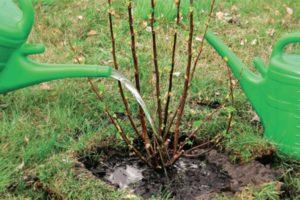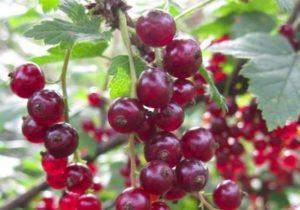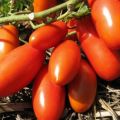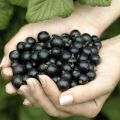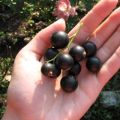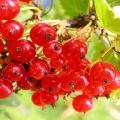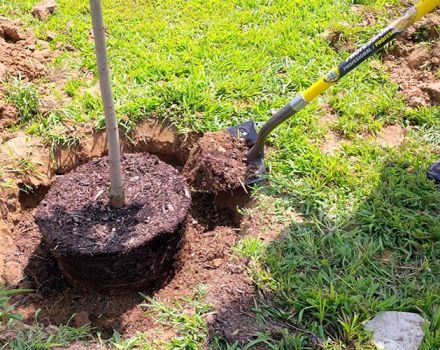Description and characteristics of the Gulliver variety, planting and care
One of the most unpretentious fruit bushes to care for is the Gulliver black currant. Its too high, which is unusual for currants, the bushes are able to grow over vast territories. In addition to the gigantic size of the bush, the currant has giant berries, for which it received its name - Gulliver.
Description and characteristics of currant Gulliver
Black currant Gulliver has the following characteristics that contribute to better crop farming.
Suitable climate
Given the fact that currants require shelter for the winter at -28 degrees and below, it means that they are demanding for warm winters or a large thickness of snow, which must be taken into account when choosing a place for planting. Spring cold is tolerated by the variety perfectly, without losing the future harvest.
In the summer, the currant tolerates the heat well, while it is necessary to ensure timely and regular watering, as the earthy clod around the bush dries out.
Disease and pest resistance
Gulliver is a black currant variety that is considered moderately resistant to pests and diseases. From time to time, diseases and insects characteristic of currants may appear on the bushes.
Origin story
The variety was first bred at the Bryansk Research Institute by breeders Zueva and Astakhov, and was registered in the register of fruit and berry crops in 2000. It is most in demand in the Volga region and in the North-West region.
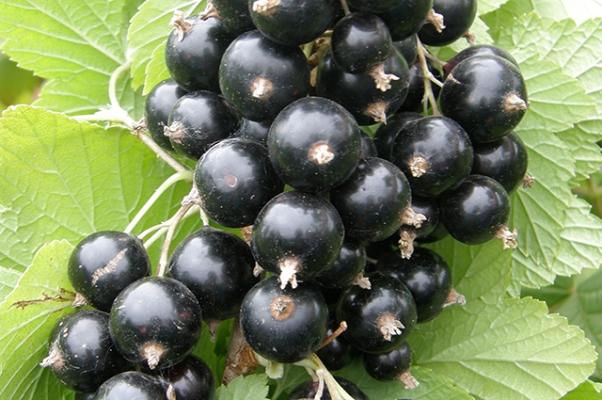
Reproduction
The variety propagates, like other types of black currant, by lateral offshoots from the root system, but it is better to buy a ready-made seedling in a nursery or from trusted amateur gardeners. This technique will help preserve varietal characteristics.
Pros and cons of the variety
Each variety has its own advantages and disadvantages. The advantages are:
- The Gulliver currant variety is very productive. From one bush, fertility is achieved up to 6 kg. But this is not the limit; with proper agricultural technology, this indicator can be increased.
- The berries are very large and tasty, with some sourness. Great for home canning. The sizes reach a five-ruble coin. One berry weighs about 4 grams on average.
- You can start harvesting in July. The fruits ripen together and do not crumble if the bush grows in the shade or in bright light.
- Does not require cross-pollination, but if it is ensured, the yield will increase significantly.
- Fertility has not decreased for several years.
- It is considered resistant to low winter temperatures and high summer temperatures.
- It does not lend itself to attack by powdery mildew, rust and kidney mites.
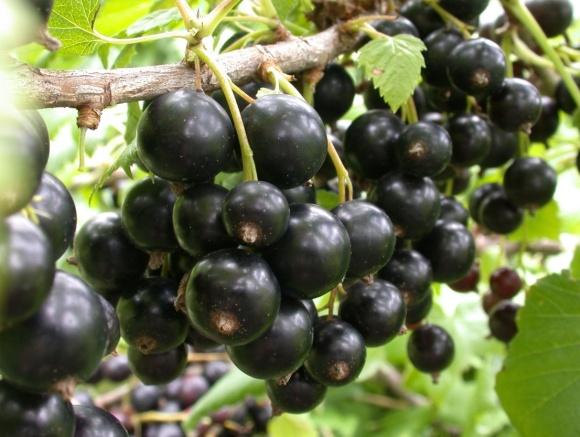
Among the shortcomings, there is strong growth, which is why the bushes need a lot of space.
The nuances of planting currants
First, it is worth considering each step of planting Gulliver black currant.
Landing dates
Currant seedlings with open roots are planted both in spring and autumn. The choice depends on the capabilities of the gardener. In the spring - this is April, May, if the ground has already thawed and managed to warm up. Autumn - September or October. In this case, the young seedling has time to take root, its roots grow and adapt to winter frosts. If winters are expected to be warm and late, then the dates are shifted by about a month. Consider the regional climate.
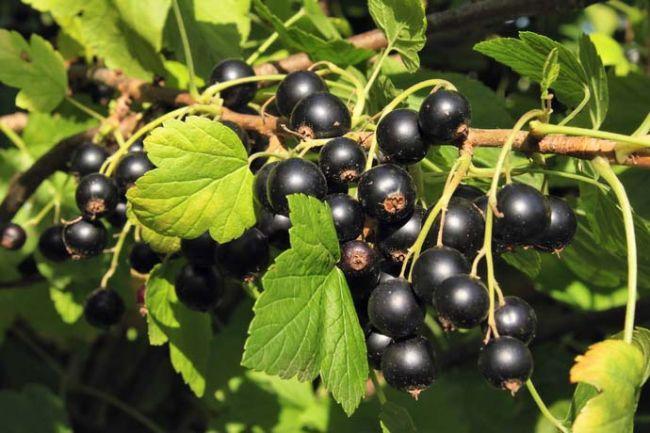
If the seedling is pre-grown in a container, its roots have already adapted to the soil, you can plant it at any time, but before the first frost.
Seat selection
Currants love good lighting, but cannot stand direct sunlight, this nuance should be taken into account when choosing a site. Also, there should be no strong winds and nearby groundwater, swampy places.
It grows very well on slopes where snow can linger in winter, which will protect it from low temperatures.
It is necessary to plant bushes at intervals of 1.5-2 meters. If the plants are planted very close, then fruiting will begin much faster, but the yields will be meager, the size of the berries is small.
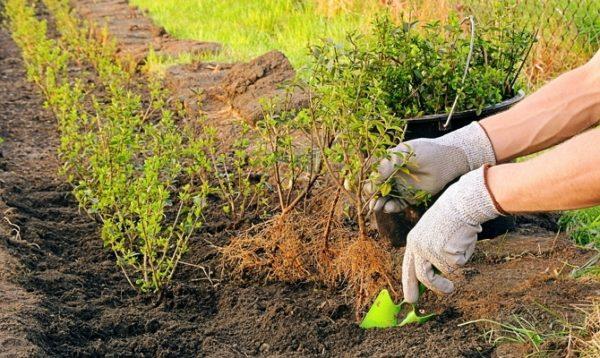
Site preparation
This is one of the main stages in the cultivation of currants. Future yield depends on its correctness. Clearing the land from perennial weeds that will not oppress the plant, and applying fertilizers quite effectively affect the life of the currant in the future:
- In the selected area, they dig up the soil, as usual, by the size of a bayonet shovel. They sort out the earth from weeds and their roots.
- Mark the location of the bushes, taking into account the possibilities of the plant and the garden plot.
- Dig a planting hole 30-40 cm deep and 50-60 cm in different directions.
- Fertilizers are poured at the bottom of the hole so that they cover ¾ of the holes, mix them with a small amount of soil. As fertilizers, you need to take 10 liters of compost, 200 g of superphosphate, 60 g of potash compounds or wood ash.
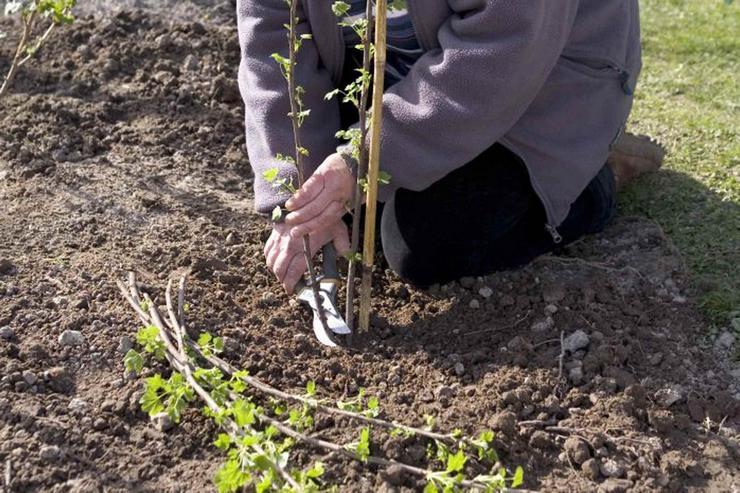
Wells can be prepared in advance, or just before planting.
The choice of planting material
It is important to remember that the selected seedling must bring a large harvest, which means that it must meet the following requirements:
- Must be one or two years old. Old bushes, even if they are small, may not take root or be very sore.
- The roots must not be dry at the time of purchase and upon delivery home. To do this, they are wrapped in a wet rag.
- The healthiest branch is chosen, which will grow quickly.
- If the bush is in the container, look at it externally. It should have swollen buds or open leaves of a bright green color.
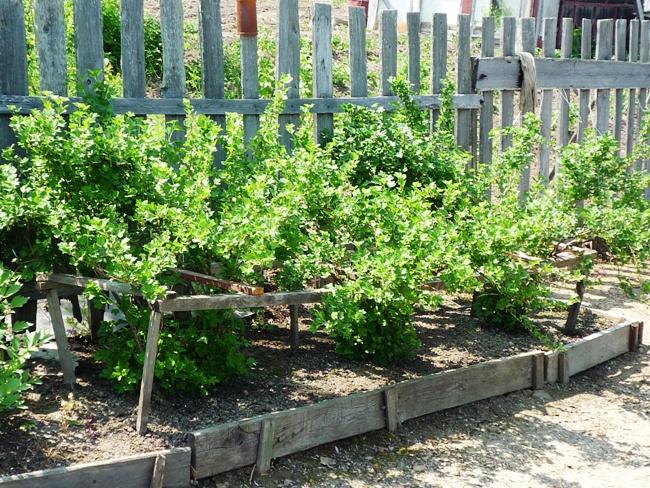
If the seedling is faded and not credible, you should discard it and choose another one.
Planting instructions
On examination, the roots should be sufficiently formed, if there are dried, then they are cut off. The seedling must have at least four roots up to 20 cm long. The number of branches is up to three pieces per young sprout.
The seedling is deepened into the ground for the length of the root system, while leaving the root collar above the surface.
Before placing the currants in the hole, pour ½ bucket of water into it. The plant is buried in the remaining soil, compacted and watered abundantly. After planting, the soil surface is mulched with peat so that moisture does not evaporate too quickly and the earth does not crack from the sun. Mulch can be loosened along with the ground, with care near the bush.

Plant care rules
All rules for caring for black currants are similar. Mostly there are no differences.What is included in these rules.
Watering and feeding
Gulliver currant is a moisture-loving variety, especially if the weather is windy and dry. Watered in the evening so that the bush is saturated with water while it dries. Two 10-liter buckets of water are enough for one medium-sized bush.
Important! They make sure that moisture does not get on the plant at the time of flowering and fruiting. This will reduce product quality.
Regular feeding increases yields like nothing else. Nitrogen fertilizers are applied in the spring, phosphorus and potassium in the fall. During active growth, organic matter is added. The application area should be wider than the crown of the bush. In the year of planting, a one-time addition of a complex of fertilizers to the hole is enough.
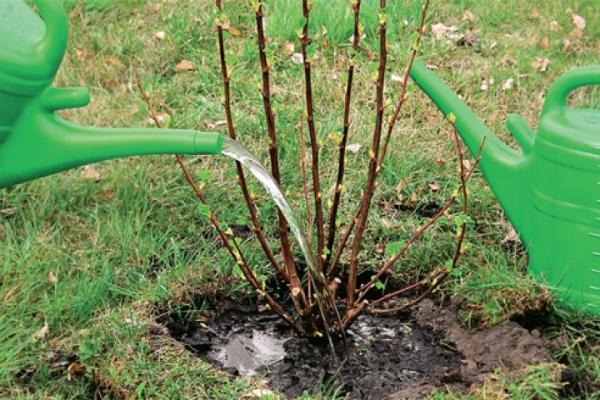
Pruning
Pruning is an important agricultural technique for currants. It is carried out in spring or autumn. Shoots are cut, which are five years old or more. They also remove dry, broken from snow and winds, diseased branches.
Important! The purpose of pruning is to sanitize the bush, and also so that the crown does not thicken and the berries do not shrink.
Shelter for the winter
Another important procedure for the preservation of the Gulliver variety on your site. Although currants tolerate frosts down to -30 degrees, it is better to protect it from freezing in advance:
- Install items for snow retention.
- Wrap branches and trunks with any rag.
- Cover with a blanket, spruce branches, old boxes, wooden boxes.

This is possible when the size of the currant is not large. When the plant is very large, only snow will save it.
Protection against diseases and pests
Fortunately, the Gulliver currant is resistant to the kidney mite, the most dangerous enemy of the entire berry. But other diseases and pests can attack it:
- aphid;
- moths;
- gall midges;
- glass case.
To protect your plantings, you must take preventive measures: in the fall, remove fallen leaves and dig up the soil. The foliage is burned to destroy insect larvae, which winter well, and begin to develop in the spring. In the spring, currant bushes are treated with solutions of insecticides and fungicides.
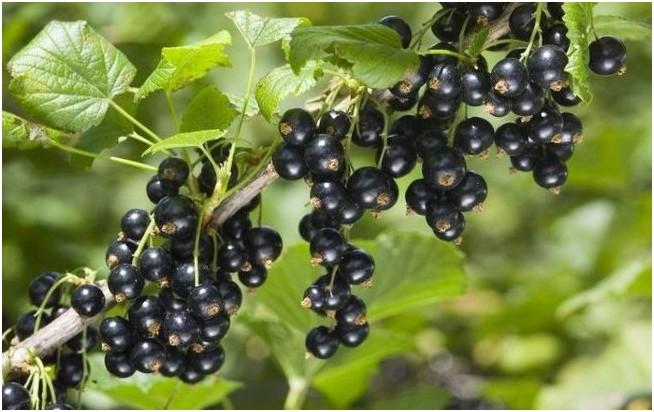
Harvesting and storage of crops
Berries are harvested in the morning and evening, such fruits will be stored longer. From the sun they become lethargic. Harvesting begins as the currant peel turns black. If it rains, you should wait until the fruits dry. Moisture is unfavorable for further preservation.
Long-term storage of fresh berries is impossible, but they can lie in the freezer for up to a year. In addition, wonderful compotes, preserves, jams and other preparations are prepared from currants, which are very tasty and healthy.
The Gulliver currant is loved by gardeners for its gigantic size, low shedding from the bush, amicable ripening and high yield. But if the rules of care are not taken seriously enough, then this will not be achieved.
